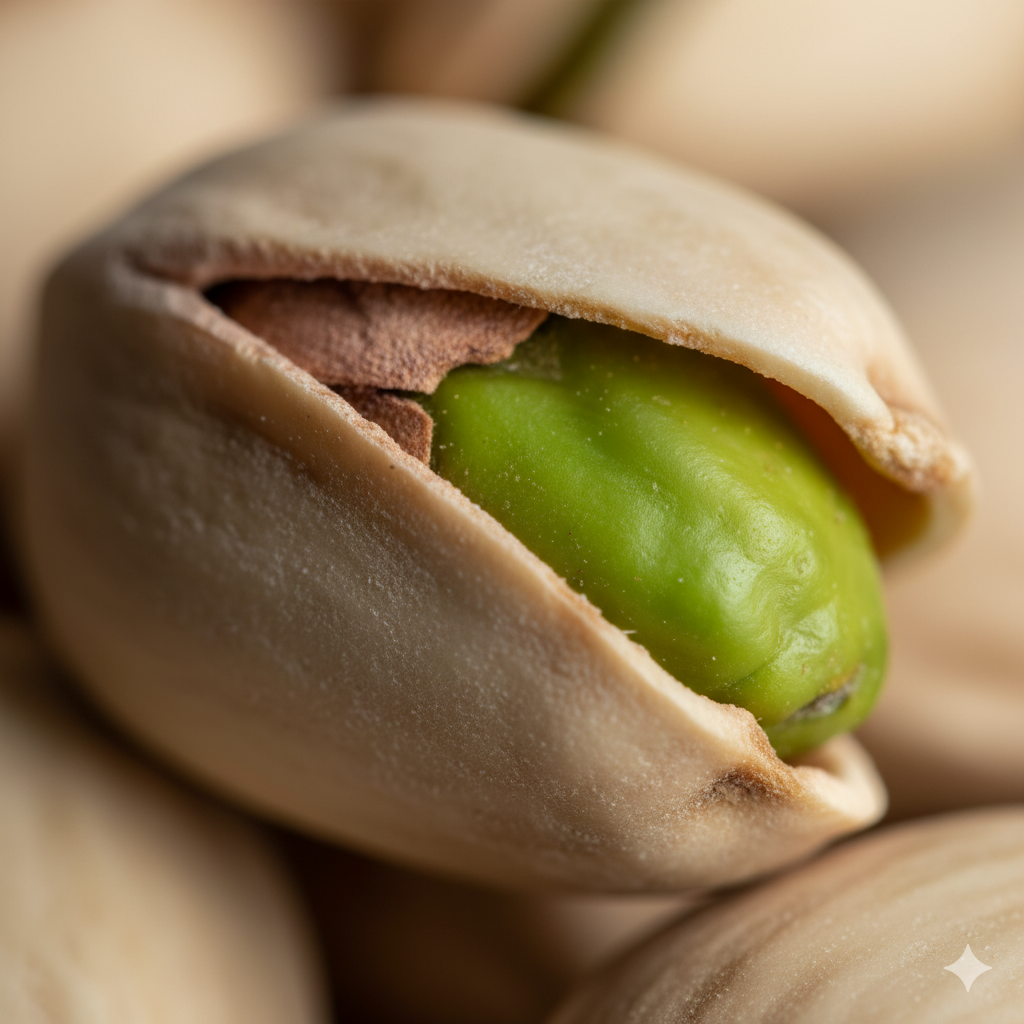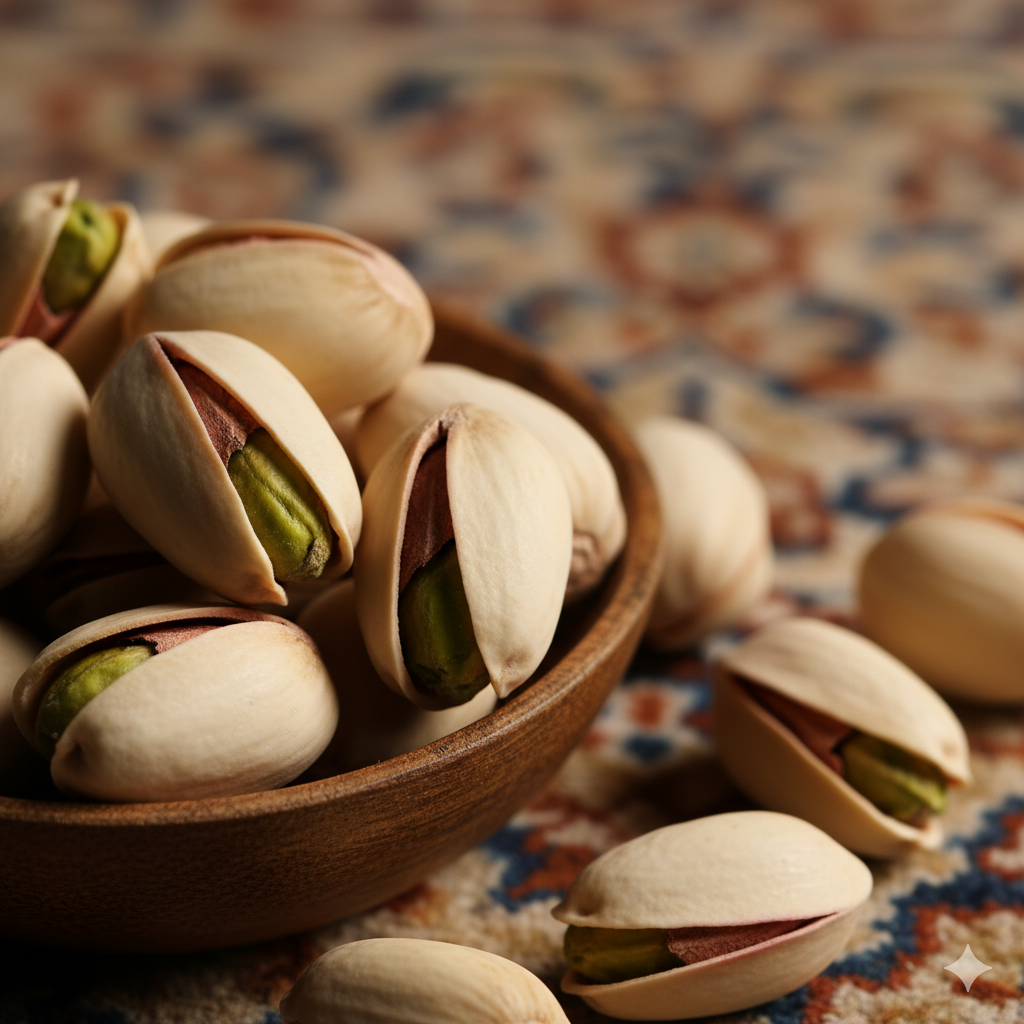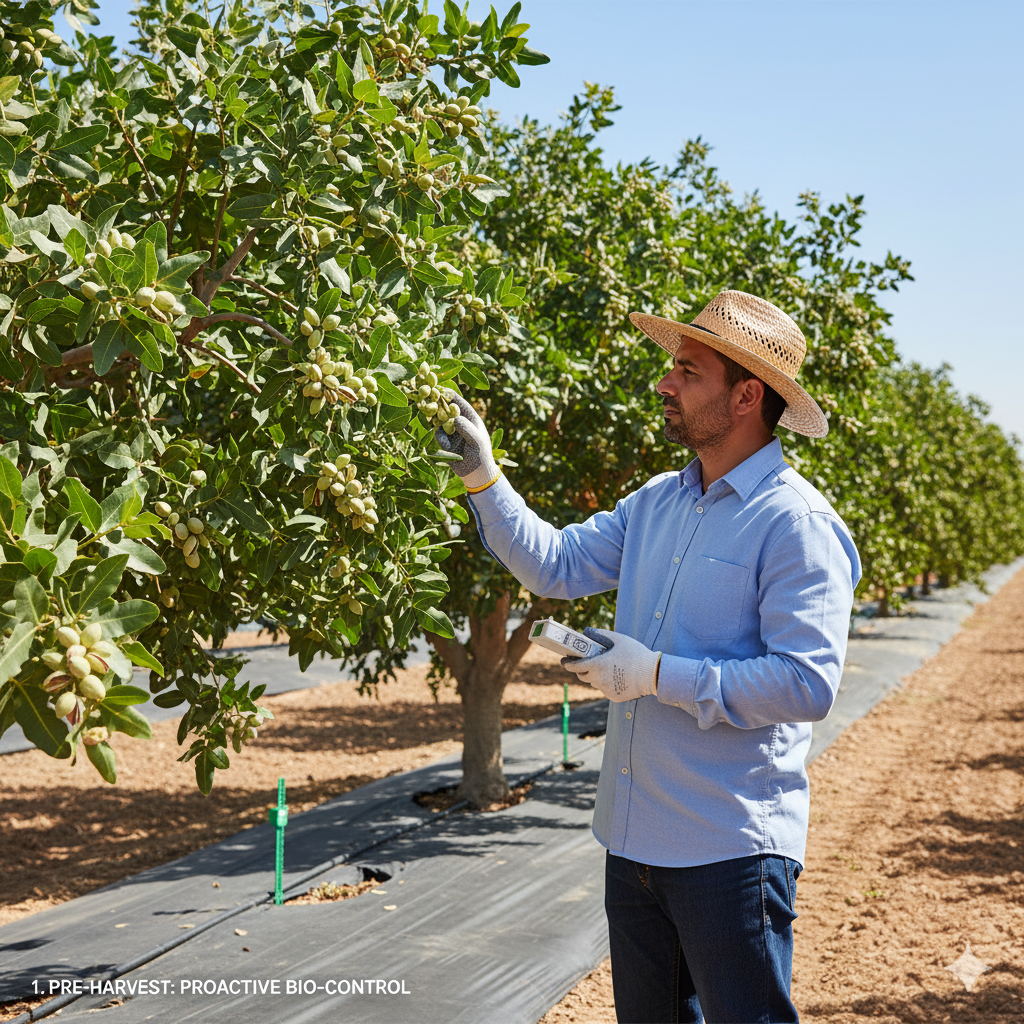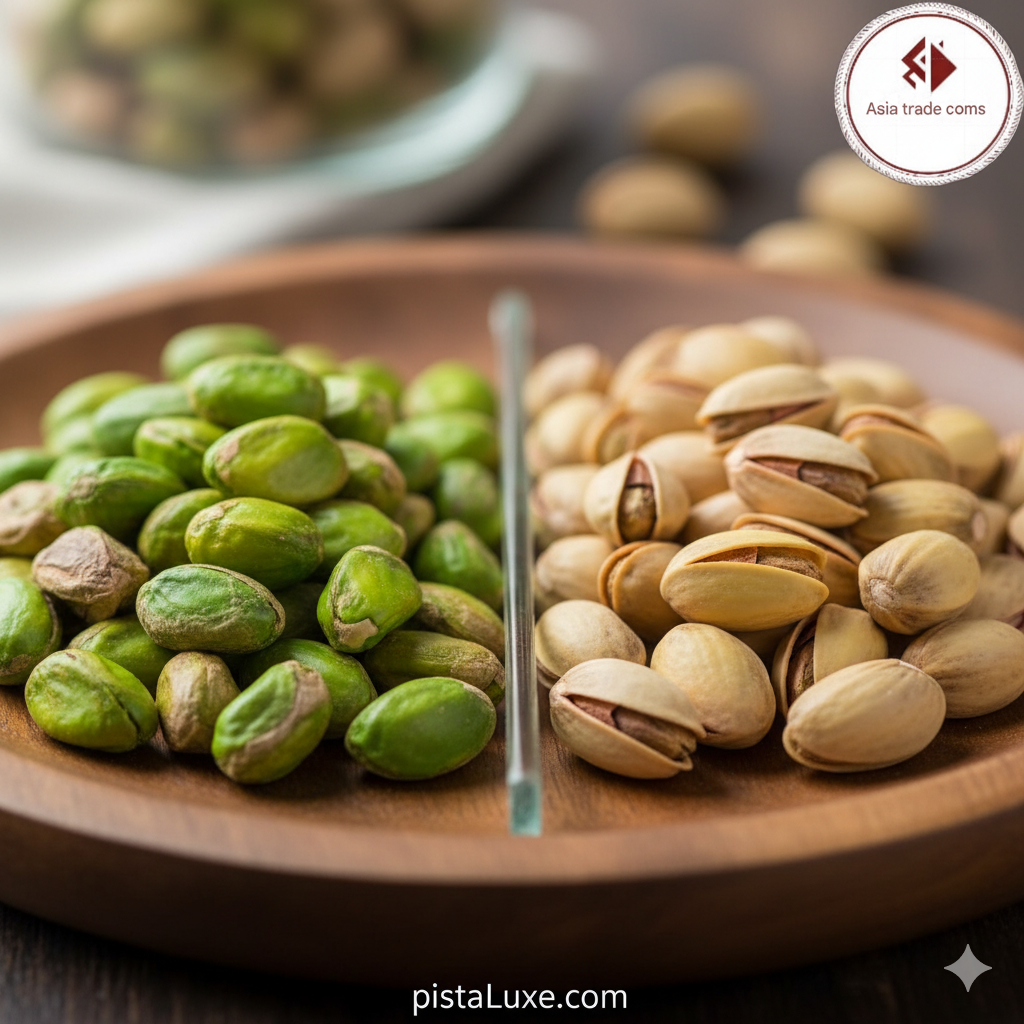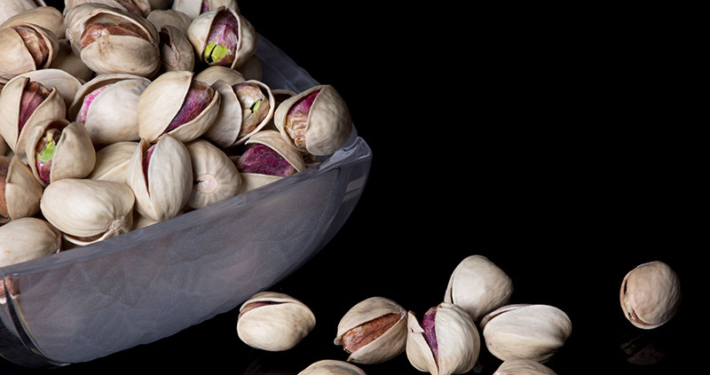
Pistachio is a beloved dried fruit with a rich historical and cultural tapestry. This small, uniquely flavored nut serves not only as a snack but as a bridge between ancient civilizations and today’s households. In this article, we explore the origin of pistachio, its natural habitat, the evolution of cultivation, and its role in economy and culture.
Introduction
- Pistachio combines calories, protein, healthy fats, and antioxidants, earning a special position in the diets of arid and semi-arid regions.
- The crop is known from ancient times in Iran, the Middle East, and the Mediterranean basin, used as a snack and in cultural and religious contexts.
1) Historical Origin
- Archaeological evidence indicates that pistachio cultivation began in ancient Iran and the Iranian plateau.
- The cultivation spread to parts of the Middle East and the Mediterranean as trade networks expanded.
- Ancient societies contributed to irrigation innovations and selection of drought-tolerant varieties, shaping early pistachio agriculture.
2) Habitat and Climatic Requirements
- Pistachio thrives in dry, sun-drenched regions with limited water needs and cold winter periods.
- Soil characteristics, slope, and irrigation systems directly impact quality and flavor profiles.
- Notable regional examples: Iran (cultivation and production), the United States (California), and several Mediterranean countries.
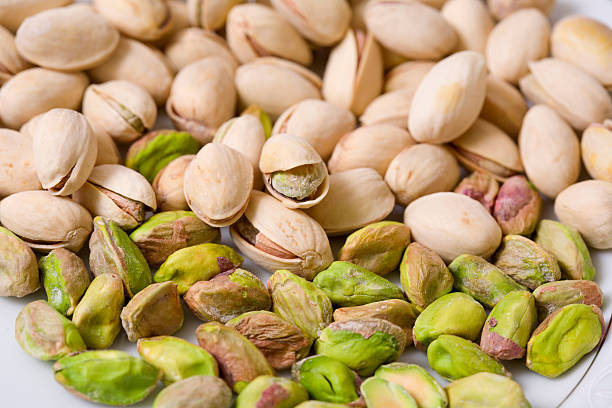
3) Cultivation Evolution and Related Technologies
- From traditional methods to the development of resilient cultivars and more efficient irrigation practices.
- Advances in cultivation practices, irrigation management, and post-harvest optimization contribute to value chain improvements from farm to market.
- Emphasis on quality, processing, and packaging to strengthen the value chain.
4) The Global Standing of Pistachio Today
- Iranian pistachio, North American production, and other high-quality sources are foundational in global markets.
- Flavor differences arise from climate, harvest, and processing methods.
- Pistachio provides income opportunities for many farmers and rural communities, aiding regional economic development.
5) Cultural Aspects and Consumption
- Pistachio features in festivals, culinary traditions, and a wide range of dishes in Iran and the broader Middle East.
- It is used internationally as a nut or garnish in cakes, desserts, and traditional dishes.
6) Challenges and Sustainable Outlook
- Water management, environmental impact reduction, and improved harvest efficiency.
- Biodiversity preservation, pest and disease management, and adaptation to climate change.
- Market trends and consumer demand for high-quality, sustainable pistachio products.
Conclusion
- The origin of pistachio is shaped by history, climate, and agricultural innovation.
- Today, pistachio is not just an agricultural product but a symbol of cultural connections and economic opportunities for rural communities.
To order or get advice on pistachio and dried fruit varieties, contact our team via our official WhatsApp. Our support team is ready to answer your questions and can help you choose the right pistachio and dried fruit. WhatsApp number 009890214773705


